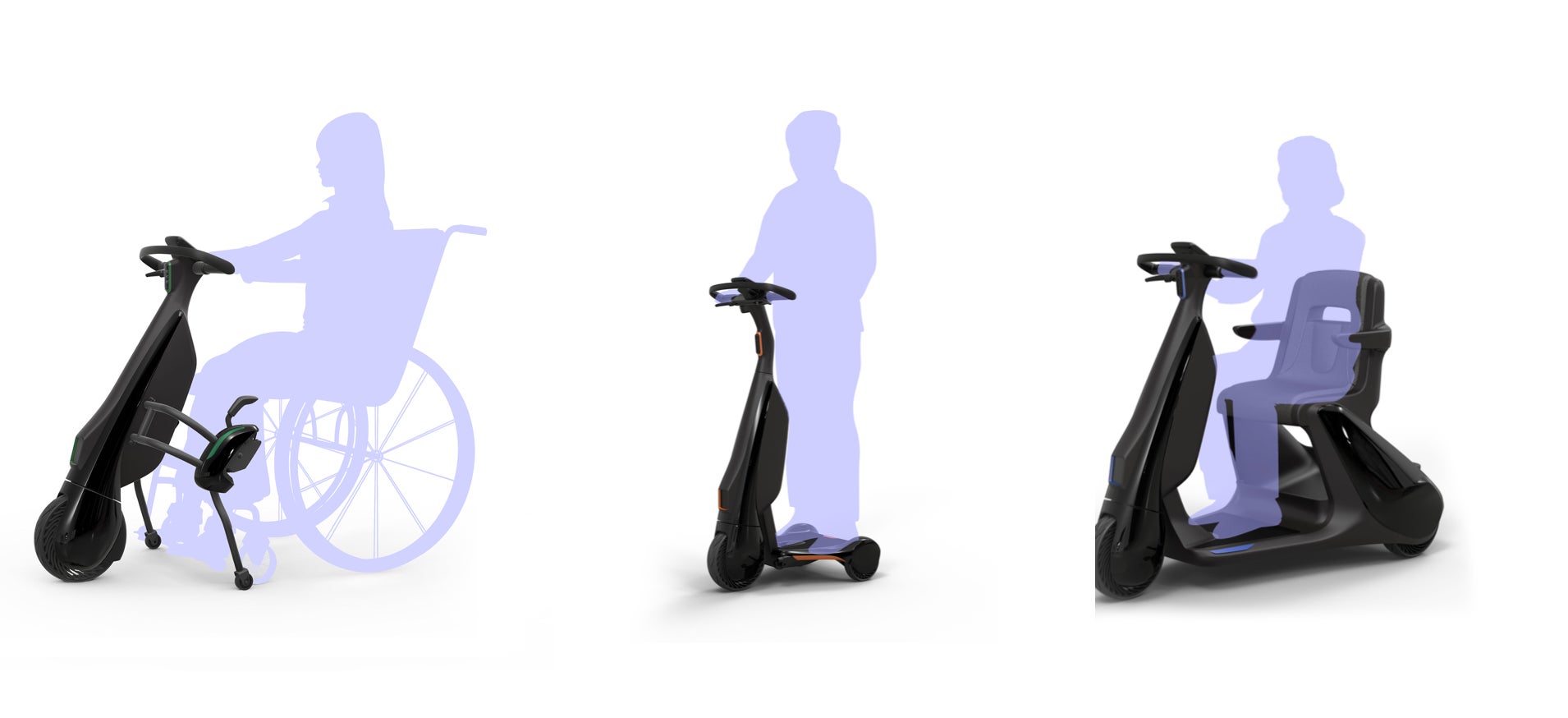Toyota is building very, very tiny electric vehicles for the next Olympics
Japan is preparing for what it says will be the world’s greenest Olympics next summer in Tokyo. Toyota, the official fleet provider for the 2020 Games and the nation’s flagship car company, announced in August that 90% of the vehicles it provides will be “electrified.” While many will be shuttle buses, this week it debuted some of the more unusual vehicles at the Tokyo Motor Show, ranging from enclosed motorcycles to wheelchair attachments. It foresees these as the (less flashy) future for electric vehicles.


Japan is preparing for what it says will be the world’s greenest Olympics next summer in Tokyo. Toyota, the official fleet provider for the 2020 Games and the nation’s flagship car company, announced in August that 90% of the vehicles it provides will be “electrified.” While many will be shuttle buses, this week it debuted some of the more unusual vehicles at the Tokyo Motor Show, ranging from enclosed motorcycles to wheelchair attachments. It foresees these as the (less flashy) future for electric vehicles.
Toyota is playing catch up in the EV game after pioneering the mass-produced hybrid electric vehicles in 1997. While the Prius soon become a garage regular around the world, the company has been slow to swap out combustion engines for batteries. Tesla dominates global EV sales (outside of China), but Toyota says it now has 10 new EV models ready to come out in 2020, and all of its models should have electric versions by around 2025.
For Toyota, it’s part of a strategy to transition from an automobile company to a mobility company. It’s testing new business models featuring modular EV parts and repurposed batteries for less demanding applications such as compact, short-distance battery-electric vehicles. Down the line, it envisions an interchangeable ecosystem of batteries, motors, and structural components that can be resized and recombined across different vehicles.
It also sees the demographic for its vehicles expanding. Rather than targeting the conventional car crowd, Toyota wants to build vehicles for grandparents, fleet operators, and young drivers who don’t need premium or full-sized vehicles. “We want to create a mobility solution that can support Japan’s aging society and provide freedom of movement to people at all stages of life,” said Akihiro Yanaka, head of development, in a statement.
Here are some of the electric vehicles Toyota is grooming for the 2020 Tokyo Games.
Ultra-compact EVs
This ultra-compact EV line carries two people and is designed for regular, short-distance trips and daily errands such as shopping. Toyota says the elderly and newly licensed drivers are a prime demographic. The EV will have a range of approximately 100 km (62 miles), a maximum speed of 60 km/h (37 mph), and recharge in about five hours. After the Olympics, it is scheduled for release to the Japanese public in winter 2020.
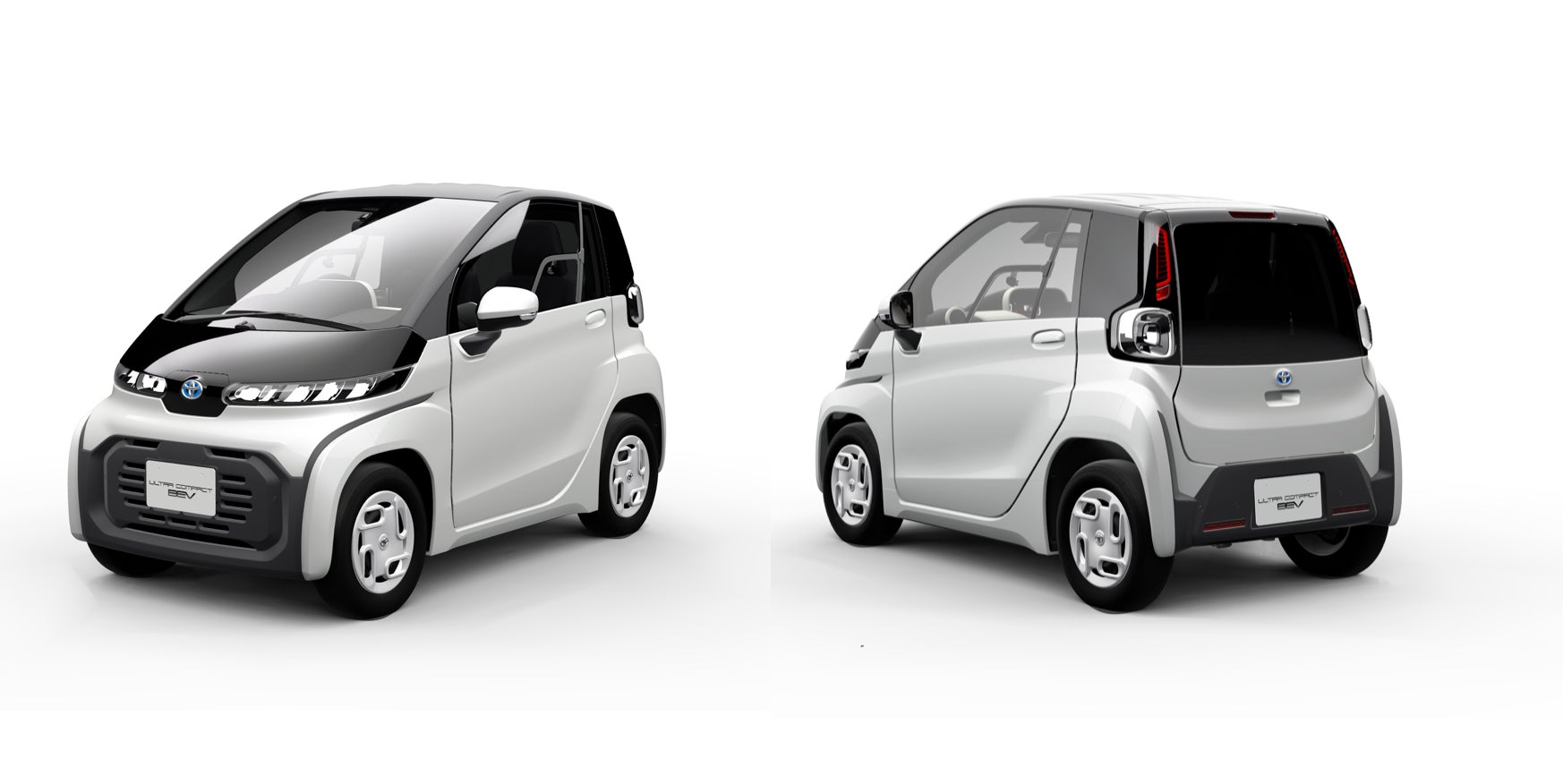
A business version, mocked up below in black, is designed for short-distance trips or businesspeople visiting local customers. It does not yet have a release date.
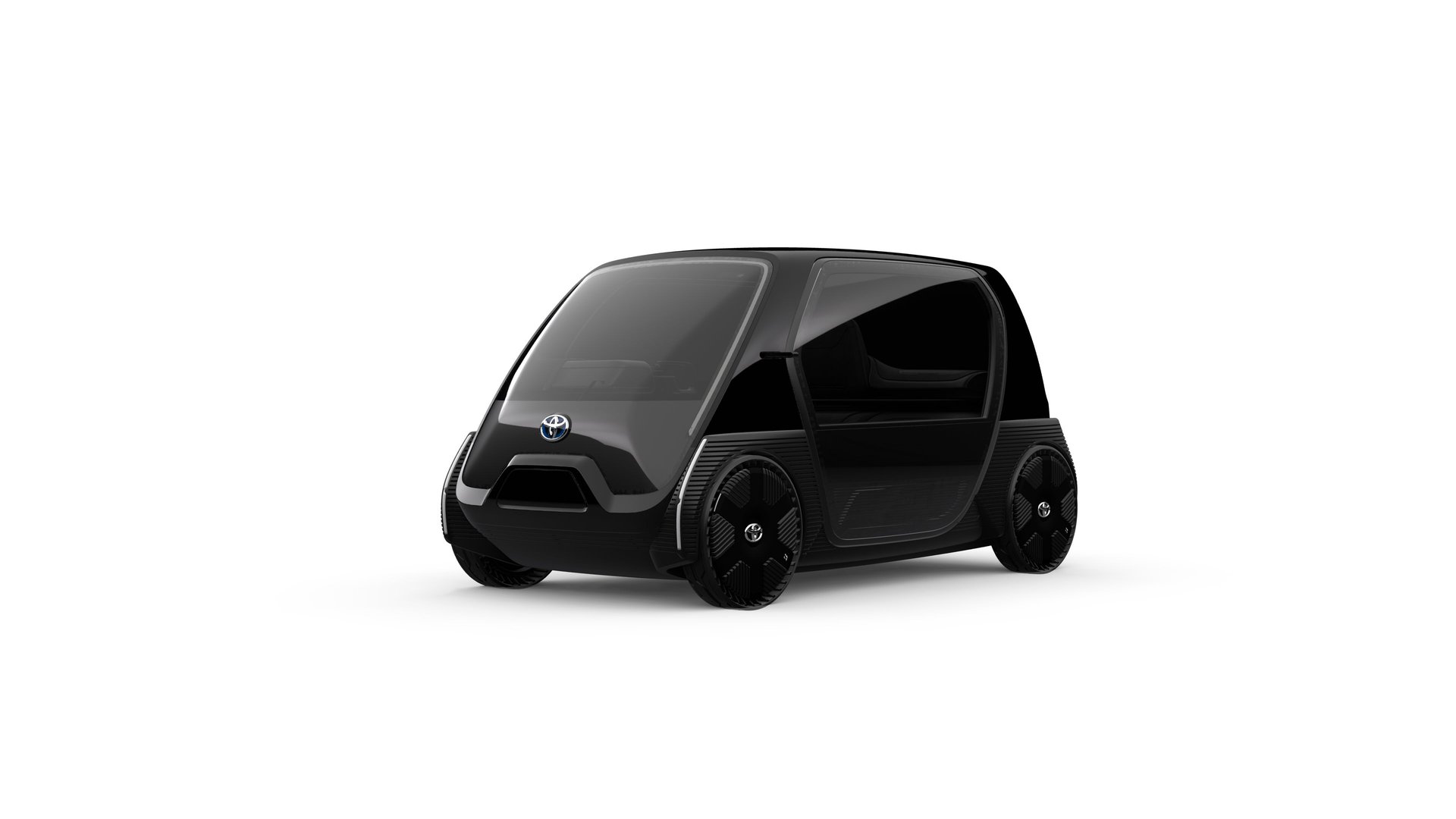
Toyota i-ROAD
This riff on traditional motorcycles combines the improved stability of a three-wheel vehicle with the size and efficiency of a traditional two-wheeler. Toyota sees it serving last-mile urban commuting or tourism trips. It has a range of 50 km (31 miles), a top speed of 60 km/h (37 mph), and a three-hour recharge cycle. Drivers can test the i-ROAD along a 1.5-km path at the Tokyo Auto Show.
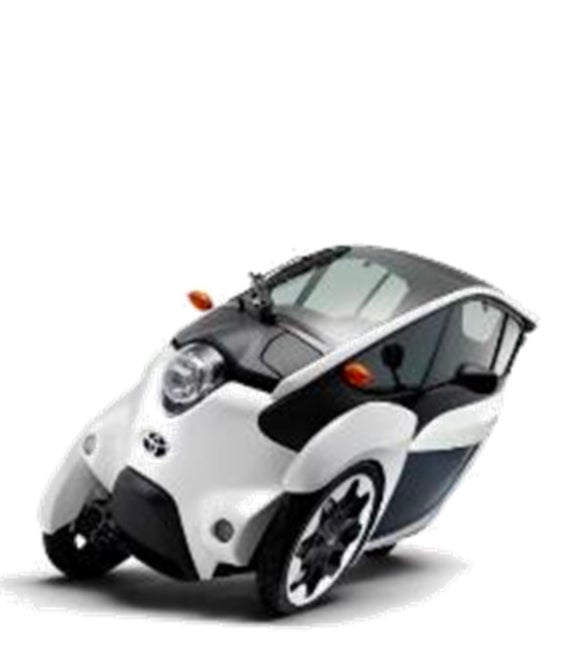
Walking Area BEVs
Toyota expects unconventional electric devices to assume new roles in people’s lives as they age (Japan’s population is now the oldest in the world, although countries in Europe and elsewhere aren’t far behind). These “Walking Area [Battery] EVs” are used for aiding mobility for those who need help to get around, or to ease long, routine trips normally traveled by foot.
The “Seated Type” scooter is built for handling luggage in large facilities such as airports or factories, according to Toyota, while a standing version appears to be a scooter-Segway hybrid that can be used for patrolling and conducting security. A wheelchair-linked model connects to manual wheelchair, providing motorized power for tourist locations and moderate distances.
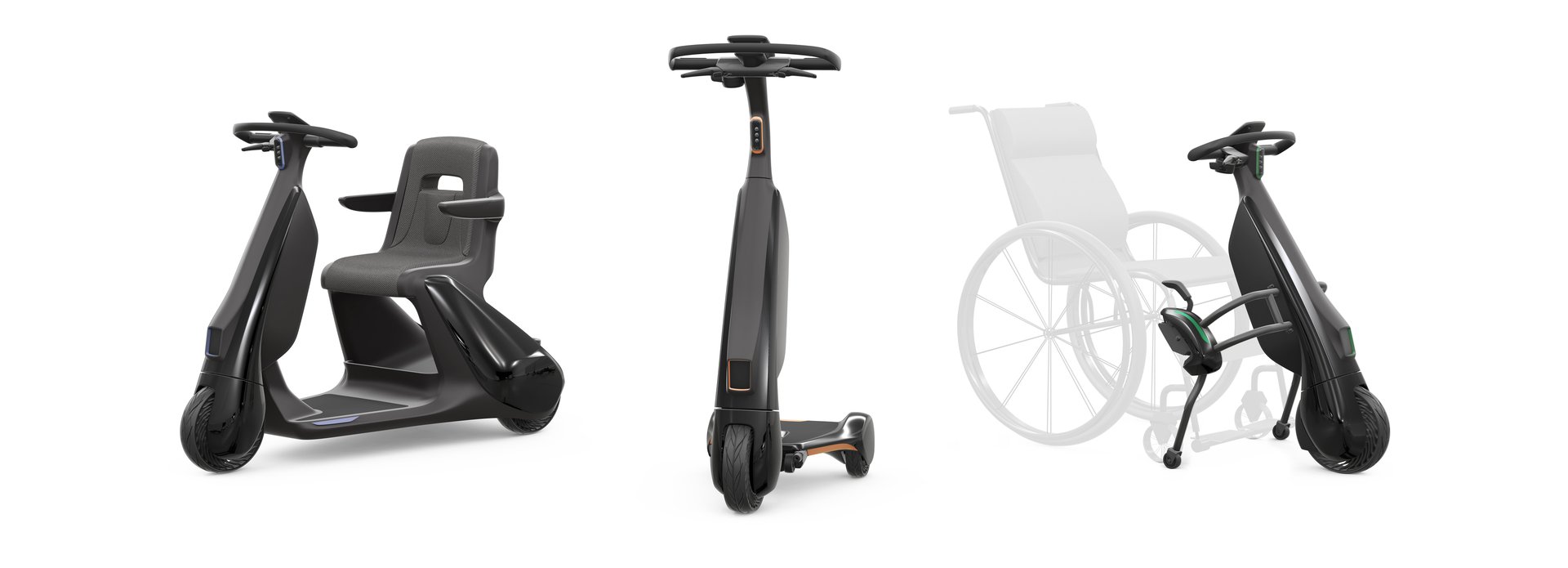
All of them have a maximum speed of 2 to 6 km/h (variable speed) and can cruise about 20 km (12 miles) on a single charge. The replaceable batteries can charge in about 2.5 hours.
